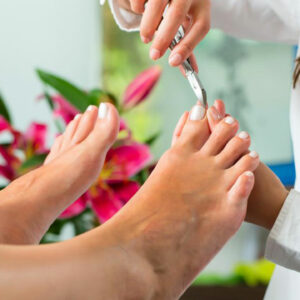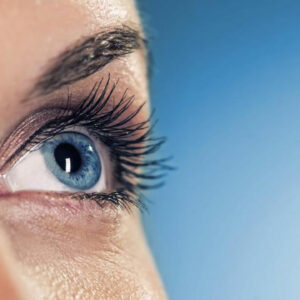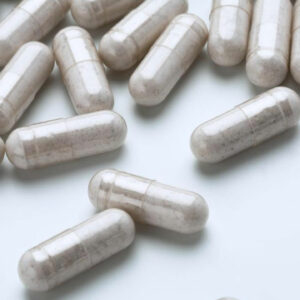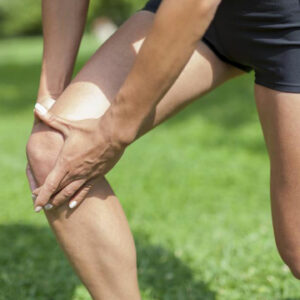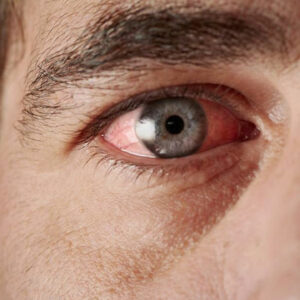
01
Essential treatment to ward off Allergy Cough
Coughing for long hours is problematic. It can even cause your muscles to ache and brings with it chronic cold and flu. An allergic cough has many causes such as acid reflux, allergies, dry air, smoking, and asthma. Prolonged medications for diseases such as hypertension, diabetes, and allergies can even result in a cough People who suffer from an allergic cough generally prefer to take the over-the-counter medications. Cough suppressant drugs remove the allergens and alleviate a cough. However, you can even bring a change in the lifestyle habits and use the herbal remedies to get rid of an allergic cough. Some of the allergy cough treatments are as follows. Stay Hydrated Infection such as cold or flu in the upper respiratory tract causes the postnasal drip. The secretions escape down the throat and aggravate a cough. High intake of water and fluids thin out the mucus in the nose. It keeps the mucous membranes moist. Hydration is necessary during winters when the air is dry. Lozenges and Hot drinks Warm tea with added honey relieves a sore throat. Menthol is a good cough syrup which numbs the throat. Hot drinks reduce the cough reflex. Stay away from pollutants Pollutants and allergens such as smoke, bathroom sprays, and perfumes pollute the air. They even enhance the chronic sinus irritation which results in the production of extra mucus. Avoid the usage of products which produce scents in the air. People addicted to smoking get the smoker’s cough. People who breathe in the smoke-polluted air also suffer from grave consequences. Smokers must quit smoking as it is the best solution and suggestion for them. Humidifiers Humidifiers relieve dried out noses. Humidifiers give an adequate level of moisture in the nose and prevent an allergy cough. However don’t use it too much. Clean the nose regularly to prevent the occurrence of bacteria and fungus.
Read More 
